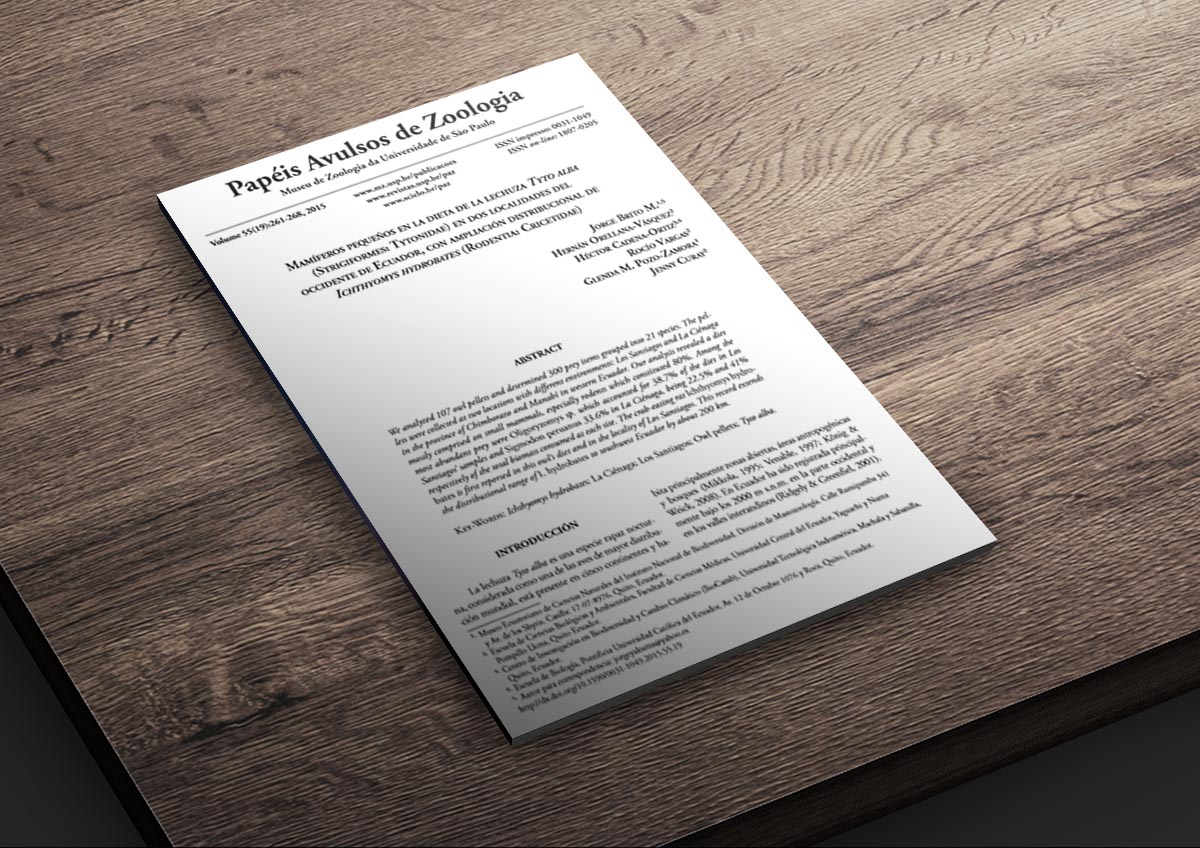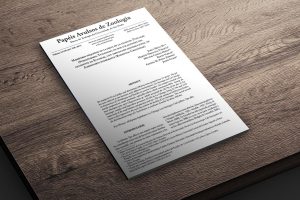Genetic diversity and organic waste degrading capacity of Hermetia illucens from the evergreen forest of the Equatorial Choco lowland
| Título: |
Genetic enetic diversity and organic waste degrading capacity of Hermetia illucens from the evergreen forest of the Equatorial Choco lowland.
|
| Identificador de recurso: | https://peerj.com/articles/14798/ |
| Fecha: | 2023-02-03 |
| Autor: | Pazmiño, María Fernanda; Del Hierro Ana G.; Flores, Francisco Javier. |
| Otros colaboradores: | |
| Editorial: | PeerJ Zoological Science |
| Derechos: | Acceso abierto |
| Descripción |
Globally, microplastics (MP) represent a growing burden for ecosystems due to their increasing presence at different trophic levels. In Ecuador, the lack of waste segregation has increased the quantity of waste, primarily organics and plastics, overloading landfills and water sources. Over time, plastics reduce in size and silently enter the food chain of animals, such as insects. The black soldier fly (BSF) larvae, Hermetia illucens (Linnaeus, 1758), is a species with devouring behavior used for waste management because of its beneficial qualities such as fly pest control, biomass production, and rapid organic waste degradation. Studies have uncovered the insect’s ability to tolerate MP, and consider the possibility that they may be able to degrade polymers. For the first time in Ecuador, the present study characterized H. illucens using the sequences of different molecular markers. Finally, H. illucens’ degrading capacity was evaluated in the presence of MP and decaying food residues, resembling landfill conditions.
|
| Claves | Bioconversion, Microplastics, Hermetia, Molecular barcoding, Waste management. |
| Relación | ISSN:2167-8359 |
| Cobertura | EC |
| Idioma | en |
| Volumen | 11: e14798 |
| Formato | |
| Tipo de recurso | texto |
| Fuente | https://doi.org/10.7717/peerj.14798 |
| Nombre de archivo | https://doi.org/10.7717/peerj.14798 |



